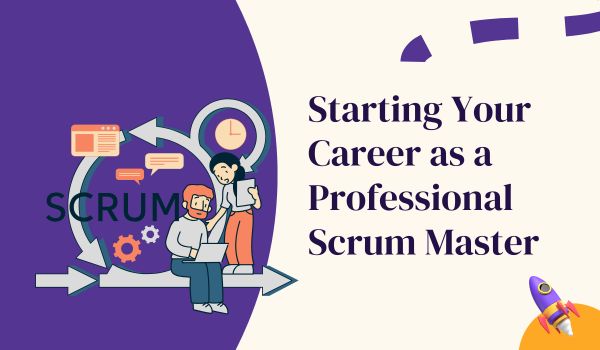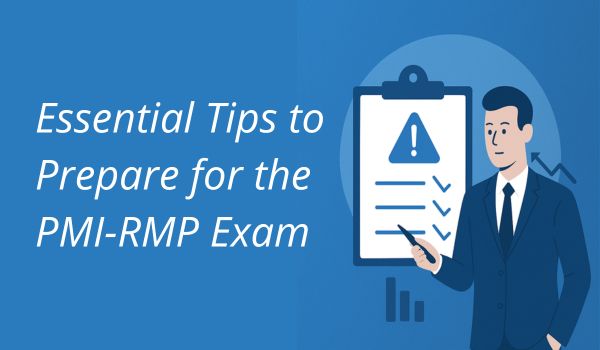In today’s agile-focused organizations, the role of a Scrum Master has become essential. If you’re passionate about enhancing teamwork, removing roadblocks, and helping teams reach their potential, becoming a Scrum Master may be the perfect career path for you. This guide will walk you through the steps to build a successful career as a Scrum Master.
Grasp the Role of a Scrum Master
The first step is to understand the responsibilities of a Scrum Master. This role goes beyond project management; it is about serving as a facilitator, mentor, and servant leader. Core responsibilities include:
- Promoting Scrum Values: Teaching the team about Scrum principles, values, and practices.
- Leading Scrum Events: Organizing and facilitating Scrum ceremonies such as sprint planning, daily stand-ups, sprint reviews, and retrospectives.
- Removing Obstacles: Identifying and removing roadblocks that hinder the team’s progress.
- Coaching the Team: Guiding the team in self-organization and continuous improvement.
- Protecting the Team: Shielding the team from external distractions that can disrupt focus.
Build a Strong Knowledge of Scrum
A comprehensive understanding of Scrum is key to becoming an effective Scrum Master. Here’s how to develop this knowledge:
- Study the Scrum Guide: This short document is the official guide to Scrum’s framework and rules.
- Get Certified: Consider a Professional Scrum Master (PSM) certification course. Reputable providers, like Solus Informatics, offer structured training that can strengthen your understanding and provide certification.
- Engage in Online Communities: Join forums and groups where Scrum Masters share experiences and insights. Networking with others can deepen your knowledge.
Hone Crucial Soft Skills
In addition to technical know-how, a Scrum Master needs strong soft skills. Essential skills include:
- Communication: Clear communication builds trust and collaboration within the team.
- Empathy: Understanding team members’ needs and perspectives fosters an inclusive environment.
- Facilitation: A skilled facilitator encourages engagement and consensus during team discussions.
- Coaching: Offering constructive feedback and empowering team members to take ownership of their work.
- Conflict Resolution: Effectively handling conflicts and finding mutually beneficial solutions.
Gain Hands-On Experience
Practical experience is crucial. Here’s how to get started:
- Volunteer for Scrum Teams: Gain experience by volunteering as a Scrum Master for community or startup projects.
- Work with a Scrum Team at Your Organization: If your company uses Scrum, offer to be a Scrum Master for one of the teams.
- Practice with Scrum Simulations: Many training programs and online tools offer simulations that allow you to practice Scrum in a controlled setting.
Embrace Continuous Learning
The Agile and Scrum world is constantly evolving, so a commitment to ongoing learning is vital. Here are ways to stay updated:
- Attend Conferences and Workshops: Participate in industry events to learn from experts and connect with other Scrum Masters.
- Read Regularly: Keep up with industry books, articles, and blogs to stay informed on the latest trends and best practices.
- Seek a Mentor: Working with an experienced Scrum Master can provide valuable guidance and support.
- Reflect on Your Experience: Regular self-reflection helps you identify areas for growth and improvement.
Becoming a successful Scrum Master requires dedication, a growth mindset, and a commitment to helping teams succeed. By following these steps and upholding Scrum’s core principles, you can thrive as a servant leader and empower teams to deliver value efficiently and effectively.





Leave a Reply